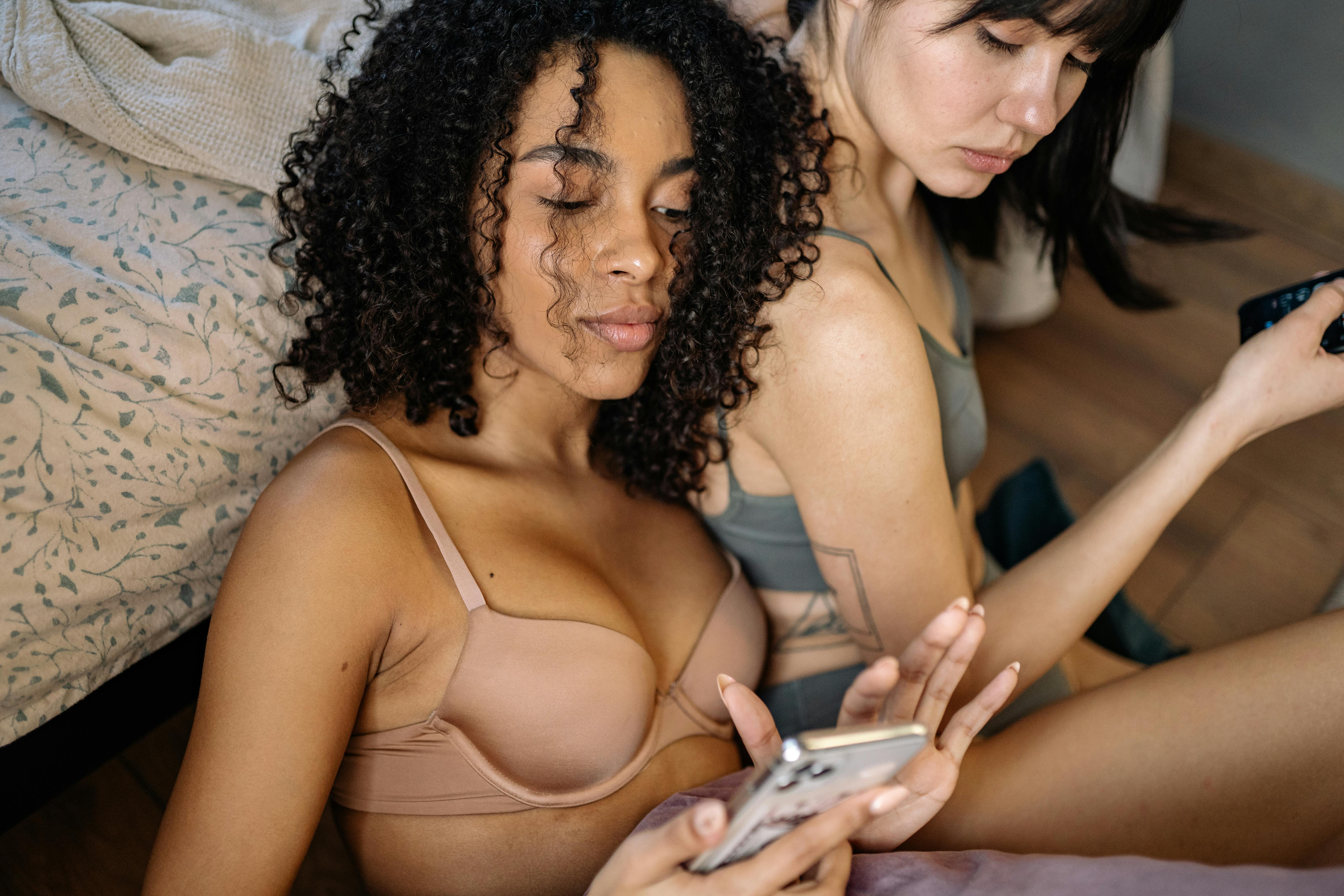How to make gray and brown paint with primary colors
This title was presented by the publishers as a challenge, so how could a painter resist? My first reaction was to wonder why anyone would bother, when more subtle and compatible neutrals can be achieved in other ways. I could visualize how it could be done but hadn’t actually tried it. So, still in my nightgown, I sneaked into the studio early this morning and experimented. See what you think of my results, below.
And for those readers who are taking the first steps on their journey to becoming an artist, I’ll add a few definitions as we go along.
- So what is a neutral shade?
Neutral shades – Neutrals can be crudely classified as gray or brown. In experienced hands, they are a series of extremely subtle mixtures of the colors used in a painting. However, they can be done by mixing the three Primaries. That’s how:
1) Make gray
The simplest way to achieve gray by mixing all three primaries is this: mix equal parts blue and red, resulting in a raw violet. In that mixture, add small portions of yellow until a dark gray appears. To lighten your Chroma * you can very carefully add small amounts of white.
*What is Chroma?
This value refers to the darkness or lightness of a color.
2) Make browns
Mix equal parts of blue and yellow, resulting in a raw green. In that mixture, add small portions of red until you achieve a suitable brown. For example, you may want a lower intensity brown or Chroma for your current paint.
It may seem obvious to add white to your new brown mix. But this would be a big mistake. Instead, add more yellow.
- How to avoid making mud
All this mixing should be done on your palette, using a spatula. This is the only way to achieve “clean” color blends, vital when using gray or brown. In the excitement of creating a new painting, it’s fatally easy to reach for a brush and start mixing the color right onto your canvas. Despite what you see in Hollywood movies about famous artists, you can never remove all the pigment from the bristles by cleaning the brush with a cloth or rinsing it with peat moss. The colored residue will end up in the new mixes and turn them into mud.
TIP. I urge you to get into the habit of using your brushes to place the paint, never to mix it.
- Other ways to make neutrals
You can make Neutrals much more subtle from the colors you are using in your current painting. For example, if you are painting a landscape with storm clouds above, you have probably used cobalt blue mixed with white in the sky background. If you want to make a gray to further define those clouds, you can do this:
- Take some of your Cobalt Blue, mix it with its Complement * – Burnt Sienna – and you get a subtle gray shade that you can vary by mixing a little White.
* What is a plugin?
This is the color opposite the dominant hue * on the color wheel. For example, the complement, or the opposite, of blue-purple is yellow-green.
* What is a dominant tone?
You guessed this one, right? It is the color or shade that is most widely used in the paint you are working on. So if your painting is a portrait and you need to enhance the subject’s hair color with a dark but neutral brown, try this:
- Mix earth red, like Burnt Sienna, which you’ve already used for skin tones in your portrait painting, with ultramarine blue for a deep but neutral brown.
When you want to do Neutrals, whether Primary or otherwise, experimenting is the only way to find the mixes that best suit your personal style and chosen theme. One advantage is the fun you will have doing it. (C) Dorothy Gauvin
